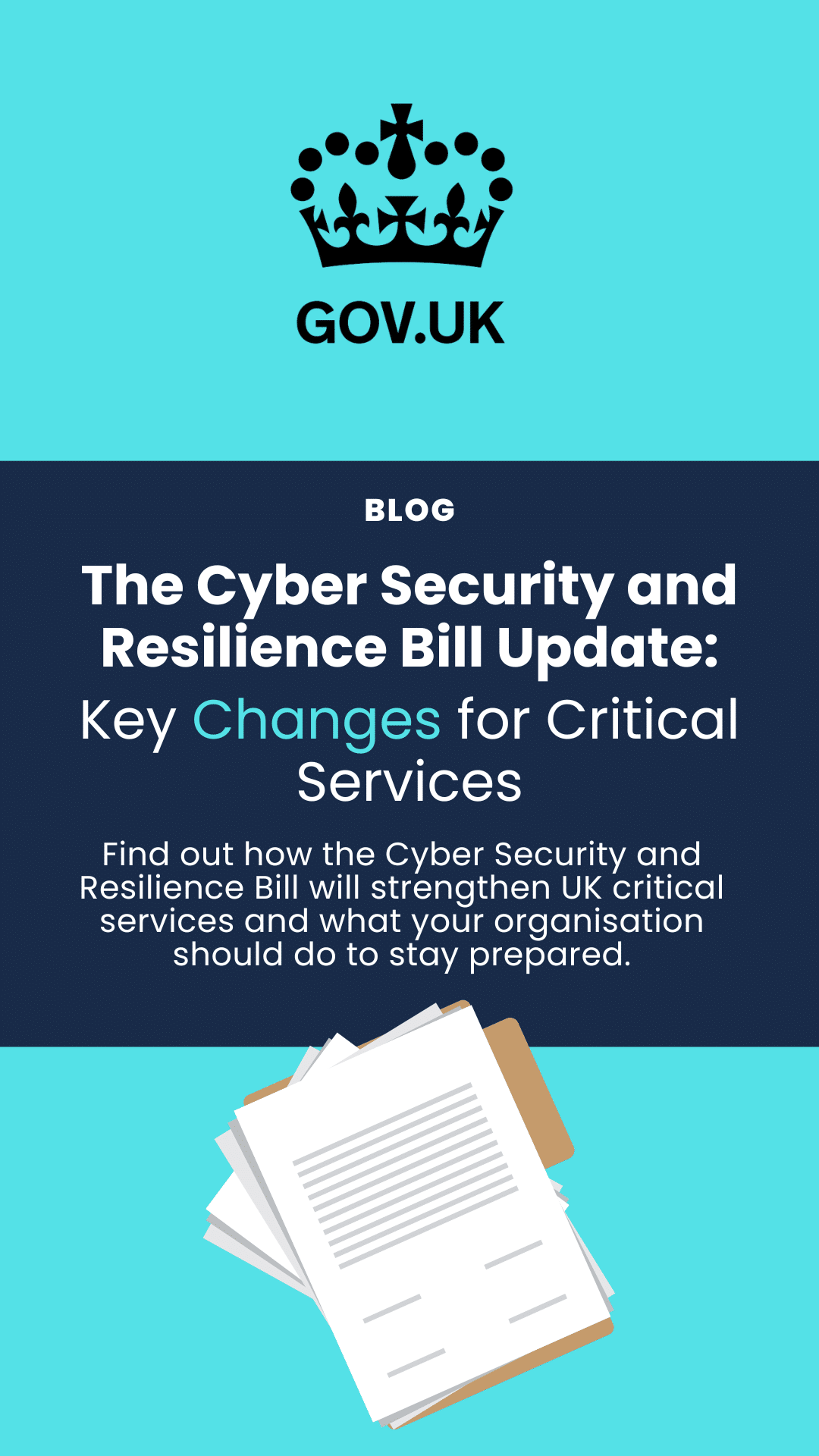Are you considering a penetration test but unsure of what’s required before you take the leap? It’s easy to overlook the preparation needed before testing begins. You might be asking, “What exactly do we need to do to get ready?” We’re here to clarify the process so you’re not left in the dark.
In this blog, we’ll provide a step-by-step checklist to ensure you’re fully equipped with the insights needed for your upcoming pen-test. No guesswork—just solid, actionable advice to help you maximise the benefits of your pen testing experience.

Key Tasks Before You Prepare For Penetration Testing:
- 1.Inform Key Staff
Communication is key. Your IT team is your frontline defence, so they need to be in the loop from the outset. If your IT team isn’t fully aware and prepared, the test could either catch them off guard or, worse, not produce the insightful results you need.
- Notify Your IT Team Early: Make sure your IT staff are aware of the upcoming test well in advance. This isn’t just a courtesy—it’s vital to make sure they’re fully prepared.
- Designate a Point Person: Appoint a single contact within your IT team to work closely with the pen-testers. Ideally, this person should have a solid understanding of the target systems or applications. Their role is to coordinate efforts and ensure clear, consistent communication throughout the testing process.
- Prep Your IT Staff: Ensure your team is fully prepared to support the test. Their availability is crucial for providing system access and addressing any issues that may arise. If they aren’t ready or available, the test could be delayed, wasting both valuable testing time and budget. By having your IT staff on standby, you maximise the efficiency and effectiveness of the test, getting the most out of your investment.
- 2.Prepare To Act On Results
Have you thought about how you’ll handle the findings? Without a solid plan, the results could quickly become just another report gathering dust.
Assemble Your Response Team: Who’s on your team to tackle the aftermath? Before the test even begins, you need a dedicated response team in place. This isn’t just about IT; it’s about pulling in the right people from across the organisation—security specialists, business unit leaders, and even compliance officers.
Each brings a unique perspective and skill set to the table, ensuring that every angle is covered when it comes to interpreting the results and deciding on the next steps.

With penetration testing planning and preparation, the word downtime is sure to set alarm bells ringing for your operations. We get it—downtime is never ideal. The thought of systems going offline, even temporarily, can be stressful.
But here’s the good news: with the right preparation, you can manage these disruptions effectively and keep things running as smoothly as possible.
- Be Prepared, Not Surprised: By knowing what to expect, your IT staff can quickly address any issues that arise, ensuring that the test doesn’t create more problems than it solves. The key is readiness—being aware of potential disruptions means your team can act swiftly to minimise impact.
- Minimise the Impact: Consider scheduling the test during low-traffic times or setting up temporary backups to take over if a critical system is affected. Communicate with your team and other stakeholders so everyone knows what to expect and how to respond. This way, you can keep the focus on the test itself, rather than the disruptions it might cause.
- 4.Avoid Last-Minute Security Tweaks
You might be thinking about making some quick fixes right before the penetration test—after all, who doesn’t want their systems to look as strong as possible? We understand the urge. But here’s why you should resist the temptation.
- Keep It Real: The purpose of a penetration test is to get an honest, accurate assessment of your current security setup, as it is—warts and all. If you rush to make last-minute tweaks, you might end up masking real vulnerabilities that need attention. This can lead to a false sense of security, where the test results don’t reflect the actual risks your organisation faces. By keeping things as they are, you’re ensuring that the test uncovers the real issues.
- Address Major Issues Early: That said, if there are glaring vulnerabilities—like outdated systems, unpatched software, or weak passwords—these should be dealt with well in advance of the test. But remember, this isn’t about panicking and trying to fix everything the night before.
Understanding Penetration Testing
Now that you’re clear on what preparation is needed for your pen-test, let’s take a closer look at what a pen testing actually involves. Understanding the process in detail will not only help you prepare more effectively but also ensure you get the most valuable insights from the test itself.
What is Penetration Testing?
Pentesting consists of a simulated cyber-attack on your organisation’s systems, conducted by security professionals who are on your side. The goal? To uncover vulnerabilities in your network, applications, and infrastructure before a real attacker does.
Let’s dive in together at the different methods penetration testers use.
Testing Methods:
The Phases of Penetration Tests
You might already know that a pen-test is more than just a quick check—it’s a thorough, evaluation of your security posture. But what does that look like in practice?
- Preparation: This is where objectives are set, and the scope of the test is defined. Clear communication at this stage ensures everyone knows what to expect.
- Information Gathering: The testers will start by gathering as much information as possible about your systems. This could involve scanning for open ports, checking software versions, or even searching for publicly available data on your organisation.
- Analysis & Attack Selection: Once they have the data, testers will identify potential vulnerabilities and decide on the best way to exploit them.
- Verification Tests: Here, the testers will attempt to exploit the identified vulnerabilities to determine the actual risk.
- Final Analysis: After the testing, you’ll receive a detailed report outlining the vulnerabilities found, their potential impact, and recommendations for remediation.
Regular Testing for Stronger Security
Penetration testing isn’t a one-and-done deal. To keep your security posture strong, regular testing is essential.
- Annual Testing: At a minimum, you should be conducting a pen-test annually. However, depending on your industry and the sensitivity of your data, more frequent testing may be necessary.
- Fresh Perspectives: Consider switching up your pen-testers from time to time. Different pentesters can offer new insights and uncover vulnerabilities that previous testers might have missed

Use Pen-Test Results to Boost Security Awareness
Finally, don’t let the results of your pen-test gather dust. Use them to enhance your broader security efforts.
- Update Your Security Awareness Programme: Incorporate the findings from your pen-test into your organisation’s Security Awareness Programme. This will help keep your staff informed and vigilant, reducing the risk of future security breaches.
Ready to Book in Your Penetration Test?
Choosing to have a penetration test in the UK may seem daunting, but it’s a critical step that cannot be ignored if you want to keep your Cyber Security strong. Don’t leave your security to chance. Book your penetration testing services with Equilibrium Security today and ensure you’re getting the most comprehensive and actionable results.
Our expert team is here to guide you through every step of the process, helping you turn insights into real security improvements. Reach out to us today on 0121 663 0055 or email us at enquiries@equilibrium-security.co.uk.
Ready to achieve your security goals? We’re at your service.
expertise to help you shape and deliver your security strategy.
About the author




